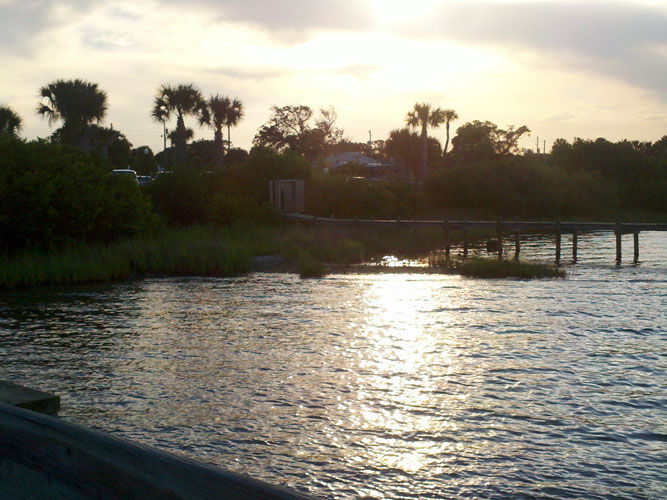
INDIAN RIVER COUNTY — The Indian River County Board of Commissioners Tuesday unanimously approved spending $28,500 to construct and monitor a quarter-acre oyster reef offshore from the Spoonbill Marsh, which is located north of where Indian River Blvd. intersects U.S. 1.
The reef will be a prototype that can be expanded in size and used in different locations if it turns out to be successful in several intended functions that include purifying lagoon water, providing habitat for juvenile fish and other small marine organisms and attracting game fish.
Commission Chairman Joe Flescher brought the idea forward for discussion and approval at a later date, but the project had sufficient appeal to other commissioners that it was voted on the same day. The commission directed county staff to craft a contract with oyster farmer Charles Sembler and Chip Swindell, president of Ecotech Consultants, Inc. to build and monitor the reef.
Both men were involved in propagating oysters in the Spoonbill Marsh where the edible organisms have thrived to such an extent that more than a million exist there now with the capability to filter at least twice as much water as flows through the marsh daily.
Sembler and Swindell both spoke before the commission, describing how the reef would be constructed and its likely environmental benefits.
A heavy wire mesh will be pegged to the bottom of the lagoon in about three feet of water as a base for clean concrete rubble, according Swindell. Oysters will naturally migrate to the hard surfaces and grow rapidly into a reef that will have a tremendous capacity to absorb nitrogen and phosphorus, the nutrients that scientists say are poisoning the lagoon.
Flescher said a single oyster can clarify five gallons of water per hour, permanently locking the harmful chemicals up in its shell and meat.
Swindell and county staff will monitor the growth of the reef, the number of fish and other marine organisms that thrive on it and its impact on water quality to document its effectiveness with data that can be used to acquire state and federal grants to build additional reefs in other locations.
“Chip and I went out in late May in a skiff to look at the oysters growing on the Barber Bridge,” Flescher said after the meeting. “I was very excited when we came back from the boat trip and we started planning this project.”
Sembler, whose family has been growing oysters for food in the lagoon for more than 100 years, spoke about the reef’s expected benefits to water quality and the overall ecology.
He stressed that the lagoon’s problems are complex and will require multiple solutions. He added that the reef would work well on its own as one of those solutions.
Swindell said oyster reefs are durable, pollution-resistant, relatively inexpensive projects that can easily be expanded to have a significant impact on lagoon water quality.
Sembler said he has spoken to officials at St. Johns River Water Management District and the Army Corps of Engineers, the agencies that would permit the project, and that they looked on it favorably as long as it is installed in non-navigable waters where no seagrass or protected species will be impacted.
The contract will be brought back by staff for final approval next Tuesday. As soon as it is approved, Sembler and Swindell will apply for permits. Sembler said he hoped to build the reef by the end of summer in time for oysters to colonize it this year.
He said it would take about 30 days to build and that oysters and potentially hundreds of other species would be present on the reef within a few months.
“We got a win for the lagoon today,” said Flescher.



